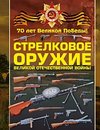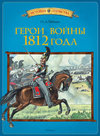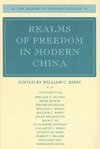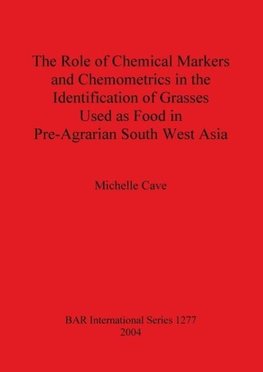
-
 Anglický jazyk
Anglický jazyk
The Role of Chemical Markers and Chemometrics in the Identification of Grasses Used as Food in Pre-Agrarian South West Asia
Autor: Michelle Cave
This work explores the way in which novel chemical criteria can be used to identify charred remains of grains of small-grained grasses used as food by pre-agrarian hunter-gatherers in south-western Asia but which have hitherto rarely been identified with... Viac o knihe
Na objednávku
105.12 €
bežná cena: 116.80 €
O knihe
This work explores the way in which novel chemical criteria can be used to identify charred remains of grains of small-grained grasses used as food by pre-agrarian hunter-gatherers in south-western Asia but which have hitherto rarely been identified with any precision. The grass family Gramineae or Poaceae, is the most diverse, abundant and widespread family of higher plants on the planet. Grasses correspondingly have enormous ecological and economic importance worldwide. Their importance is reflected in the prominent role of grain from wild grasses in hunter-gatherer subsistence. In order to reconstruct past subsistence practices and diet, especially of arid-zone hunter-gatherers, it is important to identify the remains of grasses recovered from archaeological sites. However, the recovered grass remains are most often charred, therefore the interpretive potential can be realized only if these charred remains are accurately identified at the level of genus and, in some cases, species. There are enormous problems in identifying charred remains, particularly when relying totally on gross morphological criteria. There is therefore a need for alternative criteria, such as that utilized by chemical analytical techniques. The core rationale in applying the different chemical techniques is the same throughout: grains are taken from modern grasses of known identity and spanning a spectrum of taxa likely to include all the charred ancient specimens to be identified (the unknowns). These modern grains are then analysed to generate spectra. Equivalent spectra from unknowns are then compared with those from the modern grains to effect an identification. Standard practice has hitherto involved comparing the two sets of spectra (know and unknowns) by visual inspection; i.e. "by eye". However, identifications based on such comparisons are inevitably to some degree untestable and unrepeatable, and this represents a long-standing problem in chemistry generally. In the present project the author has therefore explored the use of chemometrics: i.e. the use of statistical systems to compare spectra in a manner that is rigorously testable and repeatable. This is an entirely new development, and has never previously been applied in the analysis of archaeological data.
- Vydavateľstvo: British Archaeological Reports Oxford Ltd
- Rok vydania: 2004
- Formát: Paperback
- Rozmer: 297 x 210 mm
- Jazyk: Anglický jazyk
- ISBN: 9781841716305
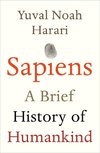
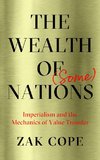

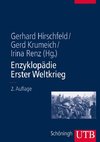


 Ruský jazyk
Ruský jazyk 
